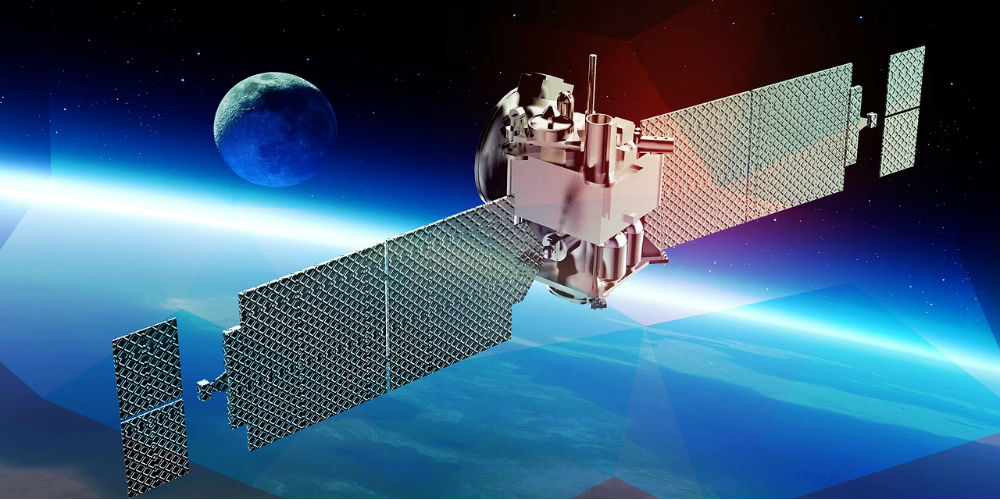Ilon Mask fired Starlink satellite Internet project managers due to non-compliance with deadlines

The other day it became known that CEO SpaceX Ilon Musk fired at least seven project managers of the global Internet satellite Starlink. Representatives of the company said that some employees quit on their own, just their departure coincided with the layoffs. Nevertheless, Ilon Mask previously expressed dissatisfaction with the speed of the project, so it may well be that now the entrepreneur decided to speed things up.
Earlier it was reported that SpaceX receivedFCC (Federal Communications Commission) permission to deploy a satellite network of 4425 satellites in space. As conceived by the company, a network of this magnitude is able to cover the entire planet with communications, providing representatives of the most remote and hard-to-reach regions with access to the Internet. Mask intends to complete the deployment of the network by 2027.
Thus, the new network is a direct competitor to traditional providers. It should be noted that SpaceX plans are not limited to this - the company plans to get permission to expand its network and launch additional 7518 satellites. The medium-term goal of SpaceX is to provide Internet access to residents of most regions of the planet as early as 2020.
Not so long ago, Musk decided to visit the SpaceX office, having held a meeting with the engineers responsible for implementing Starlink. Within a few hours after the landing, he dismissed seven people from the leadership, explaining the dismissal by saying that he did not agree with the course of the project and some points of its implementation.
Now Mask has transferred several managers from SpaceX headquarters in California to replace the dismissed employees. Their task is to ensure the implementation of the first phase of the project by the middle of next year. Among those dismissed are SpaceX vice president for satellite projects, Rajiv Badyal and chief industrial designer Mark Krebs. According to rumors, Badyal was going to create three alternative prototypes of an already existing satellite project, with testing and launching of all alternative systems into orbit. Mask did not agree with him, saying that the satellites are just satellites that you just need to make and launch.

Rajiv previously worked at Microsoft (by the way, it was under his strict guidance that one of the models of mice from Microsoft was created), and Krebs came from Google. Both managers worked well, but their sense of time clearly did not coincide with the deadlines set by Musk. Now in SpaceX about 300 people work on the Starlink project. In the near future, this number will be doubled or even tripled.
The satellites will launch into orbits from 1110 km to 1325 km in height. This is significantly lower than traditional satellites. For example, the HughesNet satellite network consists of devices that operate at an altitude of about 35,400 km.
Starlink will provide Gigabit Internet for its users, with a delay of only 25-35 ms. This is comparable to cable and fiber internet. Traditional communication satellites provide wireless internet with latency of about 600 ms.


